Early Days
Xatśūll First Nation is a member of the Great Secwépemc Nation, once known as the people of Xatśūll (on the cliff where the bubbling water comes out).
Xatśūll (Hat’sooth) is the northernmost Shuswap tribe of the Secwépemc Nation, which is the largest Nation within the interior of B.C. The Xatśūll people have stewarded territory ranging from the Coast Mountains to the west, east to the Rocky Mountains. The use of the land brought about contact with neighbouring peoples.
Xatśūll was known to celebrate and war with the neighbouring Chilcotin Nation but were always wary of the Cree. There was a good relationship with the southern Carrier who referred to the Shuswap as the ‘Atnah’ meaning, “to live in underground dwellings”. Inter-marriages between neighbouring communities were an important survival strategy, for failure of the annual salmon could result in starvation or migration and these relations could be relied on to share hunting and fishing territories.
As with many other First Nations, the Xatśūll Nation followed a hunting and gathering lifestyle centered in family groups and focused on the Fraser River and the salmon. Patterns of land use were in harmony with the natural processes.
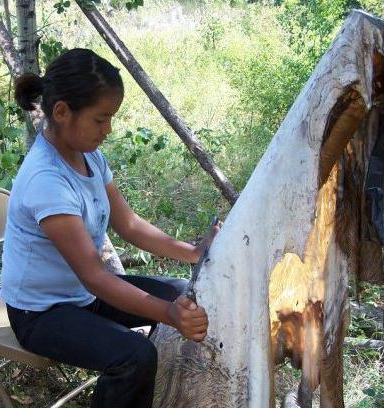
Winter
During the winter months, storytelling was a popular event providing successive generations with an understanding of their history, culture and relationship to the land. A celebration similar to what we know as Christmas occurred, but to the Xatśūll it was a celebration of thanks and praise to their deities. To prepare for the coming seasons, time-consuming tasks such as tanning hides, making clothes, and basket weaving were undertaken.
Spring
Spring was the time for celebration, giving thanks and asking for abundance in the offerings of the new seasons. The families set forth to gather staples and handicraft materials. Between Big Lake and Horsefly there is a place where a year long staple food can be found. The ‘Spring Beauty’ known also as the mountain potato or ‘Suin-gwee-num’ was available throughout the Douglas Fir biogeoclimatic zone. Spawning lake trout was available at Tyee Lake. The traditional name – ‘Yucwt’ describes the style of fishing. Roots and paper birch were available to make new basket containers.
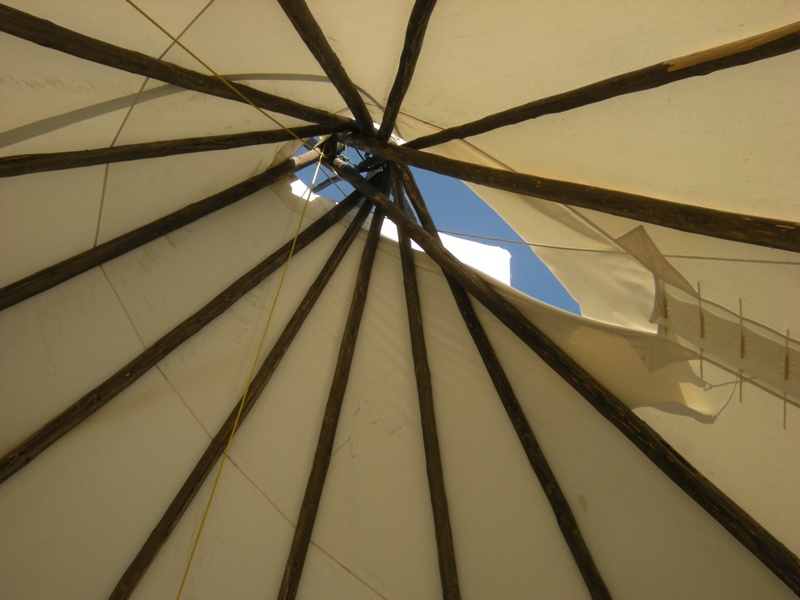
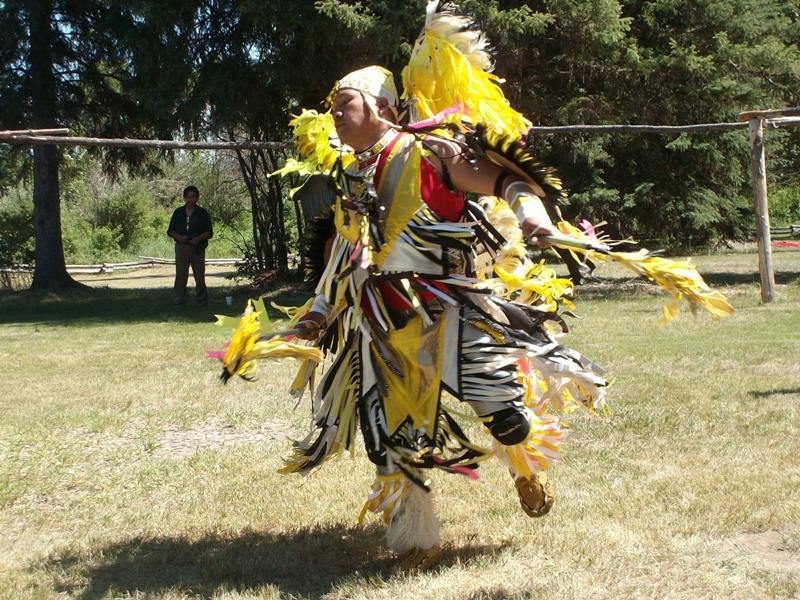
Summer
As spring gave way to summer other roots that the Xatśūll people depended on became numerous, but mostly it was a time to prepare for the great Chinook salmon or the ‘Geh gas so’. When the first spring salmon was caught it was a feast, a celebration, the return of life. Very soon after came the Sockeye. Meanwhile, saskatoons and soopalallie were everywhere for the gathering. The season for reaping the harvest had begun. Drying racks and life along the river came alive once again.
Fall
The time for hunters to test their skills and accuracy. Big Camp or ‘Skooam’, meaning trees falling this way and that way, was a favorite area for blueberries and hunting. It has been said, “You could get what you wanted, deer or moose were just like cattle”. Hunting of Caribou took place in the Cariboo Mountains. Families spread out, preferring different areas including Quesnel Forks, Horsefly, Likely, and Forest Lake. Round birch bark boats were used to cross Quesnel Lake.
The communities as taught by the elders, practiced a harmonious relationship with natural processes. This included: rotating hunting, trapping, fishing, and gathering areas; organizing the timing of harvest; developing specific patterns of travel over the traditional area; periodic ground burning to remove forest litter accumulation; limiting village size to sustain the fish, wildlife and plants.
~The relationship to the land strengthened the culture.~
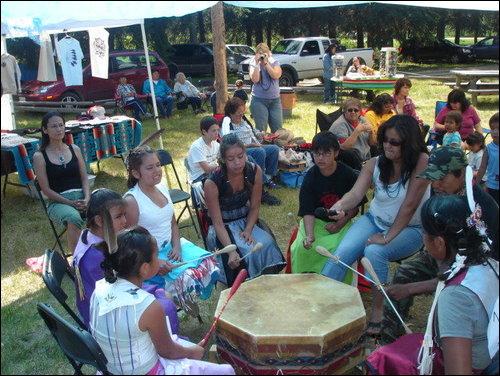
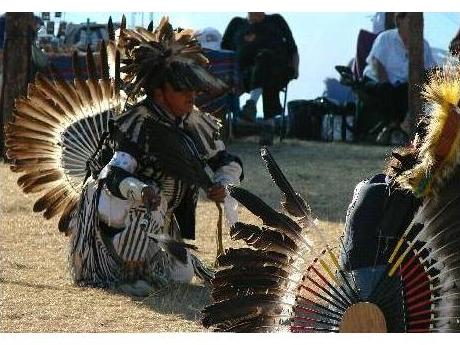
Experience Our Culture
You are invited to visit the Xatśūll Heritage Village. First of its kind in North America, Xatśūll Heritage Village (pronounced hat-sull) is located in the heart of the historic Cariboo region of British Columbia, Canada. It is a place for all cultures to experience the traditional Shuswap lifestyle. Spend a day or two weeks learning the old ways, the crafts and skills of the native elders.

